China is carrying out unified registration on natural resources in key regions of the country, and the registration of the first grouping of national parks will be completed before the end of the year, among which the Giant Panda National Park will be included, authorities said on Wednesday.
Apart from national parks, the Ministry of Natural Resources said it will also carry out the registration of wetlands and forest areas throughout the remainder of the year. The application research of registration results will be a key to look into so as to promote a sound property rights system of natural resource assets and safeguard the rights and interests of these assets.
At the beginning of this year, the first handful of national parks and nature reserves in key areas including South China’s Hainan Province, East China’s Jiangsu and Shandong provinces completed registration, marking the formal implementation of the unified registration of natural resources in China.
The person in charge of this work in Southwest China’s Sichuan Province confirmed that they had begun the registration for 29 natural resources within the province, and made up a plan specifically for the Giant Panda National Park Sichuan branch.
So far they have completed the data collection on the departments of natural resources, forestry, water conservancy, and environmental protection, and are aiming to complete the unified registration of more than 19,000 square kilometers of the Sichuan giant panda conservation base on schedule.
In 2017, China carried out pilot projects in 12 provinces, including Northeast China’s Jilin and Heilongjiang provinces, and East China’s Jiangsu and Fujian provinces, and explored the pathways for the registration of natural resources such as national parks, wetlands, water areas, and mineral resources with proven reserves.
In 2019, five departments jointly issued interim measures for unified recognition and registration of rights in natural resources, suggesting that the ownership of all kinds of natural resource assets within the country’s land space will be clearly defined.
In December 2022, China issued a plan for a unified national park layout, selecting 49 candidate areas across the country in a key move to build the world's largest national park system. Among them, 13 are located on the Qinghai-Tibet Plateau with a total area of about 770,000 square kilometers, accounting for 70 percent of the total coverage of national parks.









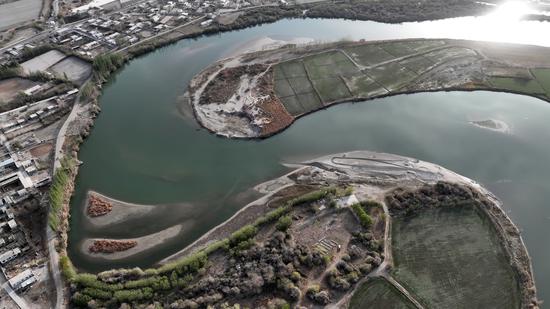

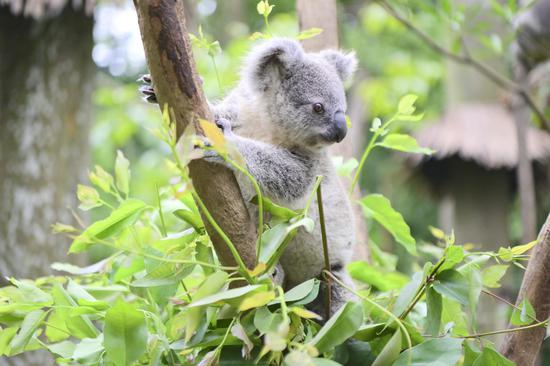

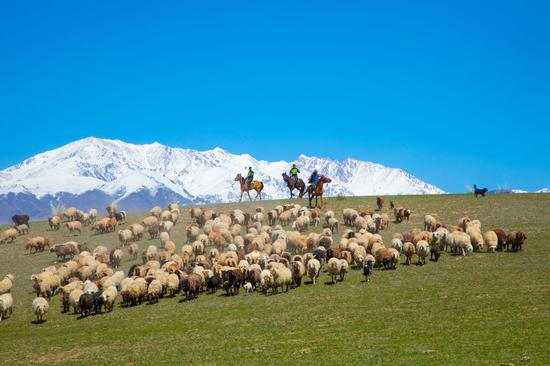


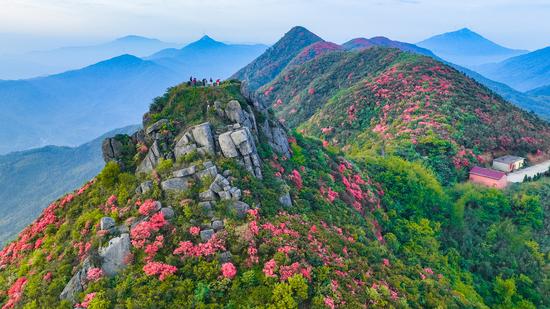
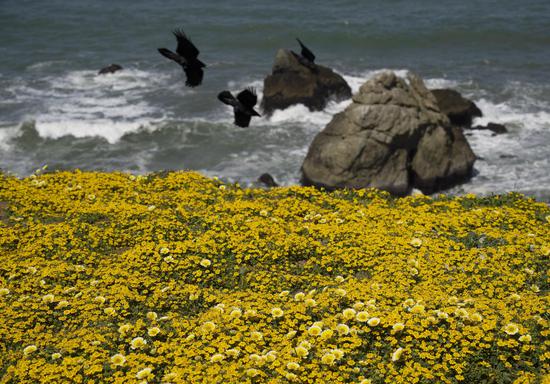





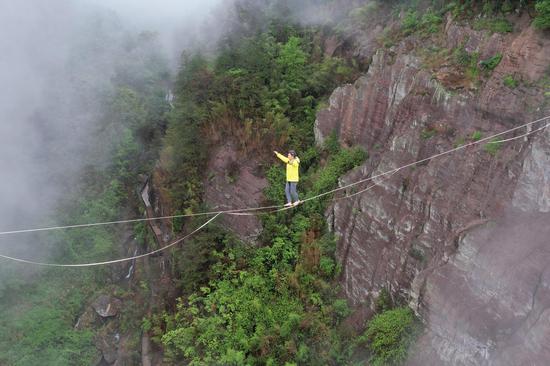


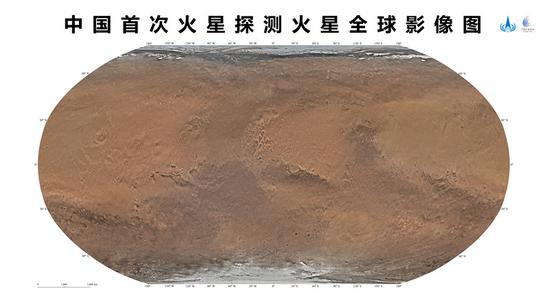

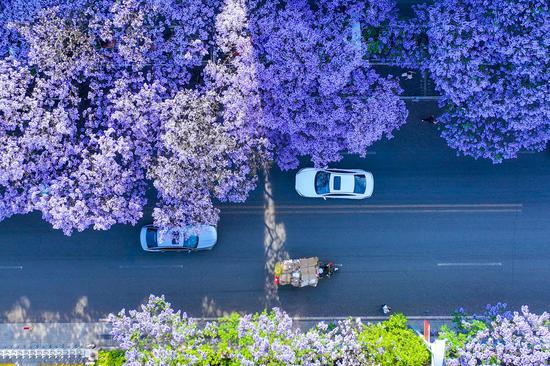
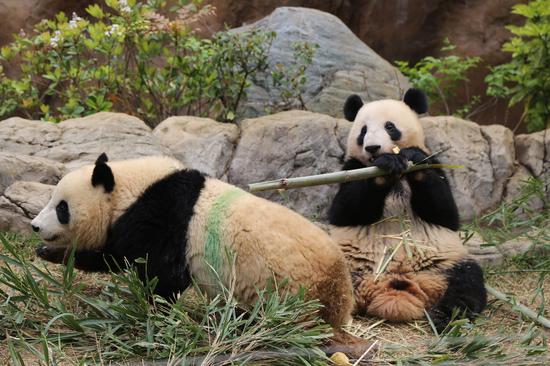

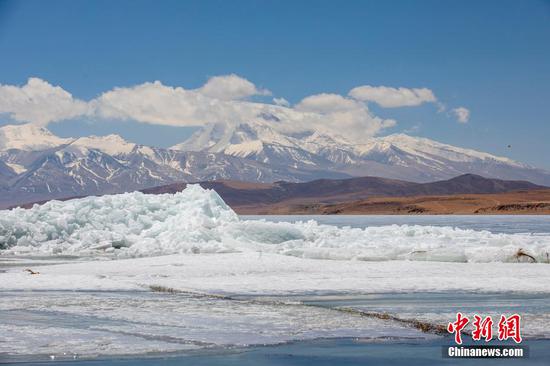






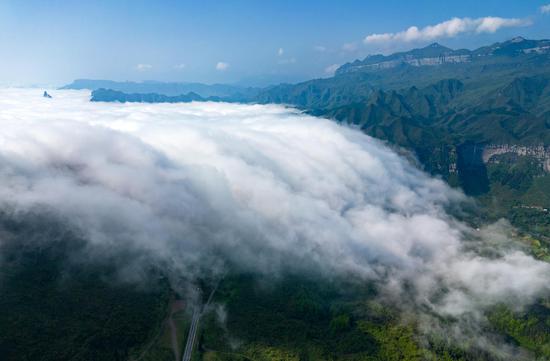



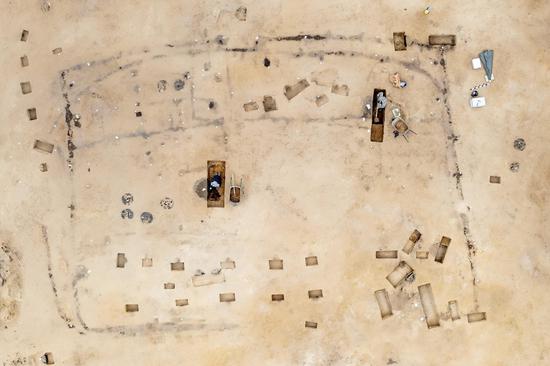



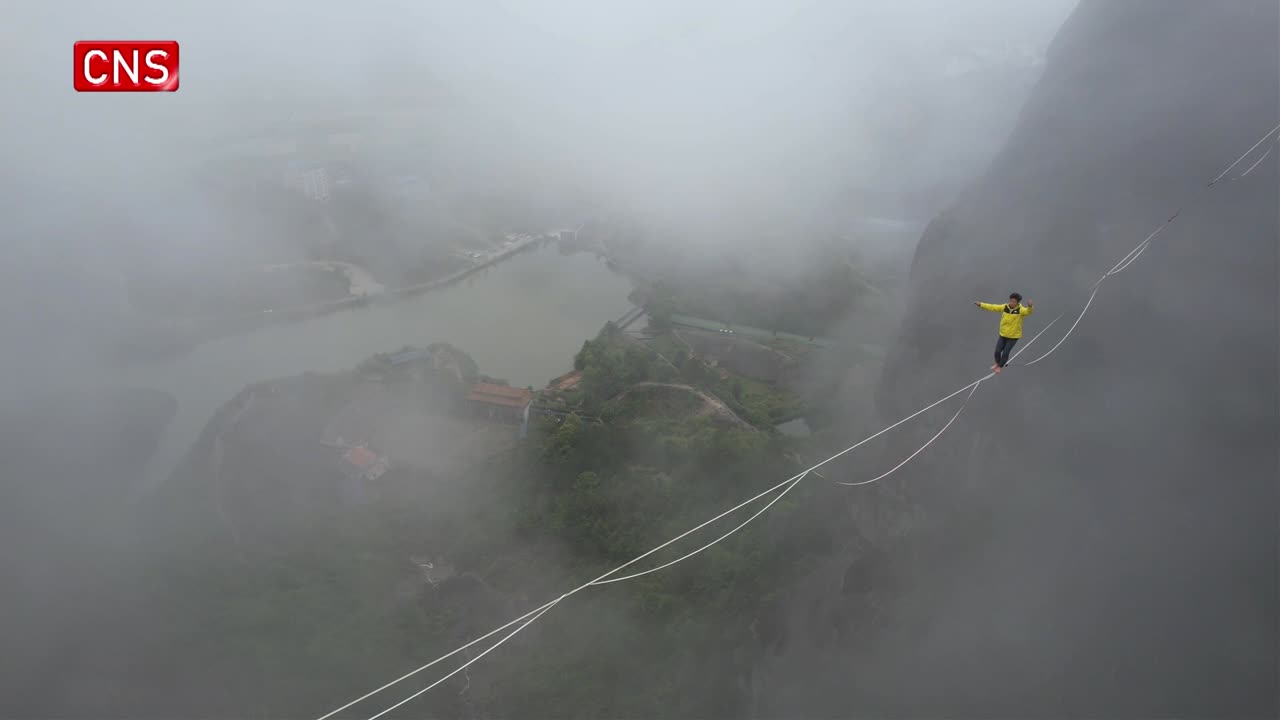

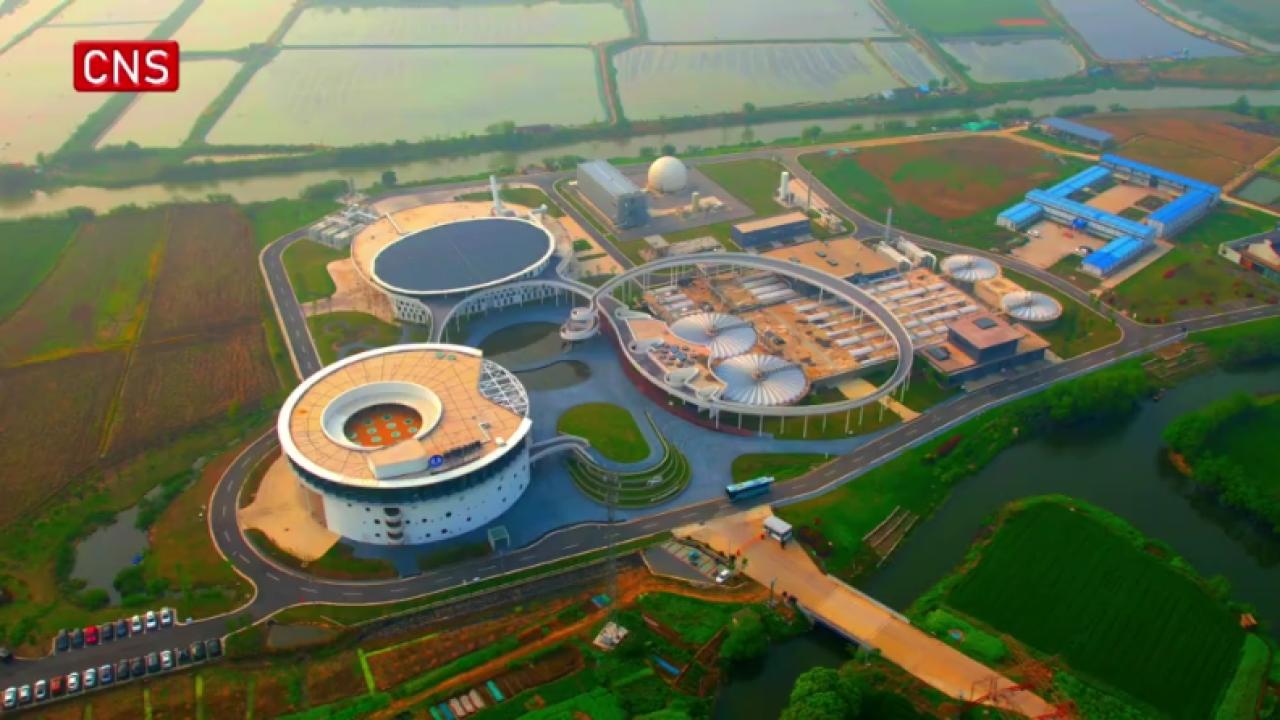

 京公网安备 11010202009201号
京公网安备 11010202009201号